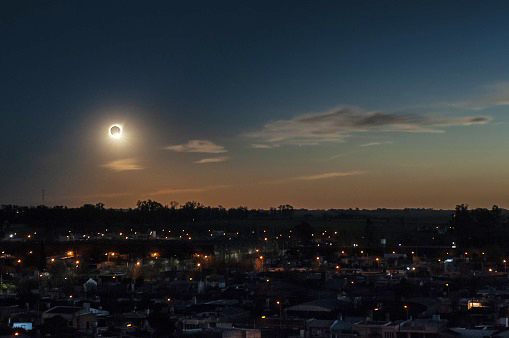Facts About Our Solar System
Here are a few fun and informative facts about our solar system, according to NASA.
• Eclipses occur due to the special coincidence of the moon and the sun being the same angular size. The sun is 400 times wider than the moon, but it is also 400 times farther away, so they coincidentally appear to be the same size in our sky.
• Eclipses only occur if the moon is located within 0.5 degrees of the plane of the ecliptic, on a line that passes through the center of the Sun and the earth.
| 
|
|
|
• Thales, c. 610 B.C., is credited with predicting a solar eclipse from knowledge of a previous eclipse and using the Saros cycle.
• The orbit of the moon is not stable. Because of tidal friction, the orbit of the moon is steadily growing larger, so that the angular size of the moon from the earth is shrinking.
• The positions of the sun and moon are known to better than 1 arc second accuracy. This means that on the earth, the location of the track of totality is probably known to be about (1.0/206265.0) x 2 x pi x 6400 km = 0.19 kilometers or a few hundred meters at the earth's equator.
• The longest duration for a total solar eclipse is about 7.5 minutes.
• A total solar eclipse is not noticeable until the sun is more than 90 percent covered by the moon. At 99 percent coverage, daytime lighting resembles local twilight.
• Eclipse shadows travel at 1,100 miles per hour at the equator and up to 5,000 miles per hour near the poles.
|